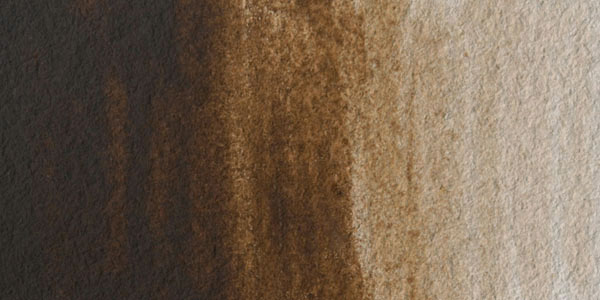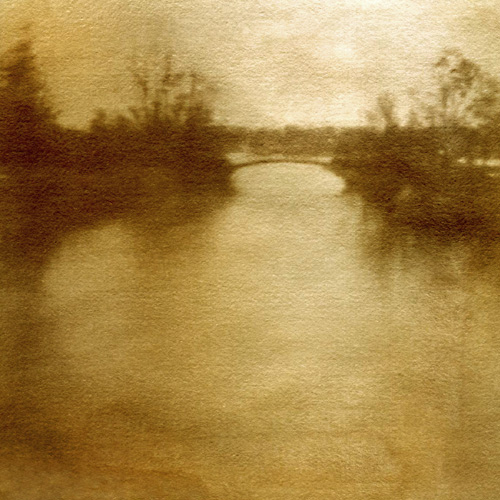
Brief description of Van Dyke brown:
It's a transparent brown natural earth containing usually over 90% of organic matter. Derived from earth compounds such as soil and peat and positively identified in paintings since 17th century, was extensively used in the 19th Century in both oils and water colour. This color is found in the pictures of the old masters, among them Rubens, who used it mixed with gold ochre as a warm, transparent brown, which held up particularly well in resin varnish.
Names for Van Dyke brown:
| Alternative names: | Cassel earth, Cologne earth | ||||||
| Non-English names: |
|
||||||
| Origin: | natural earth | ||||||
| Chemical name: | Iron(III)-oxide, partly hydrated + manganese oxide partly hydrated + humic acids |
Example of use by artists:
The Van Dyke brown print process

Voigtlander pinhole, Van Dyke brown print
The Van Dyke brown print process was named for the resemblance of the print color to the brown oil paint named for the Flemish painter Van Dyck. This print method is based on the first iron-silver process, the argentotype, invented in 1842 by the English astronomer, Sir John Herschel. Both processes utilize the action of light on ferric salts and their chemistry is very similar. Vandyke brown prints are very simple and economical to make, with the sensitizer consisting of three readily available chemicals. Clearing is carried out in water and fixing is done in a weak solution of hypo.

